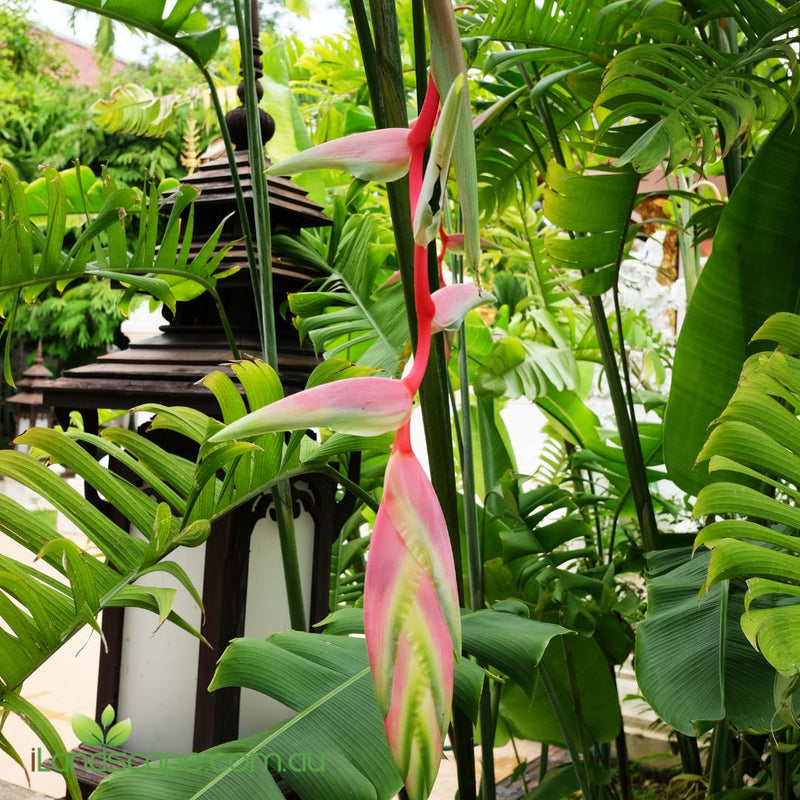
Top 10 Must-Have Tropical Plants for Queensland Gardens

Description:
The Tahitian Dwarf Lime, Citrus latifolia, is a compact and productive citrus tree known for its small size and high yield of juicy, seedless limes. This variety is particularly popular for home gardens due to its manageable height and suitability for growing in pots or small spaces. It’s an excellent choice for those who enjoy fresh limes for culinary use.
Flowers:
The flowers of the Tahitian Dwarf Lime are small, white, and fragrant. Blooming mainly in spring, the blossoms are followed by a heavy crop of limes. The flowers are highly aromatic and attract bees and other pollinators, enhancing biodiversity in the garden.
Fruit:
The fruit is small to medium in size, green when immature, and turns yellowish-green as it ripens. These limes are juicy, virtually seedless, and have a tangy flavor, making them perfect for culinary use in drinks, cooking, and garnishes.
Foliage:
The foliage consists of dark green, glossy leaves that are evergreen. The dense, attractive foliage provides year-round interest, making the tree not only productive but also a visually appealing addition to gardens and patios.
Form and Size:
The Tahitian Dwarf Lime has a compact, rounded growth habit, typically reaching up to 1.5-2.5 meters (5-8 feet) in height and spread. Its dwarf size makes it ideal for growing in pots, small gardens, or as a feature plant in a sunny spot.
Growing Conditions:
Uses:
The Tahitian Dwarf Lime is primarily grown for its fruit, which is ideal for culinary use. The compact size makes it perfect for container gardening, patios, and small spaces. The tree’s attractive foliage and fragrant flowers add aesthetic value, making it a delightful feature in ornamental gardens as well.
Maintenance:
This plant is relatively low-maintenance. Regular pruning helps maintain its shape and encourages bushier growth. Fertilize during the growing season with a citrus-specific fertilizer. Mulch around the base to conserve moisture and suppress weeds. Watch for pests like aphids and citrus leaf miners, which can be treated with appropriate insecticides.
Notes:
Citrus 'Lime Tahitian Dwarf' is non-toxic and safe to grow around pets and children. It is relatively disease-resistant but may occasionally be affected by common citrus pests, which can be managed with integrated pest control practices.
Companion Plants:
The Tahitian Dwarf Lime pairs well with other sun-loving, Mediterranean or subtropical plants, such as:
Common Name: Tahitian Dwarf Lime
Botanical Name: Citrus latifolia
Family: Rutaceae
Origin: Native to Southeast Asia, widely cultivated worldwide
As we cannot guarantee stock all year around on Pots & Plants please hit us up via the chat button and we can get back to you with availability
Quantity:
Usually ready in 24 hours —
Delivery Options
Product Availability
Plants & Pots come and go all year around.
Where are our plants Grown and how do we grow them
How to Look after your plants like we do
